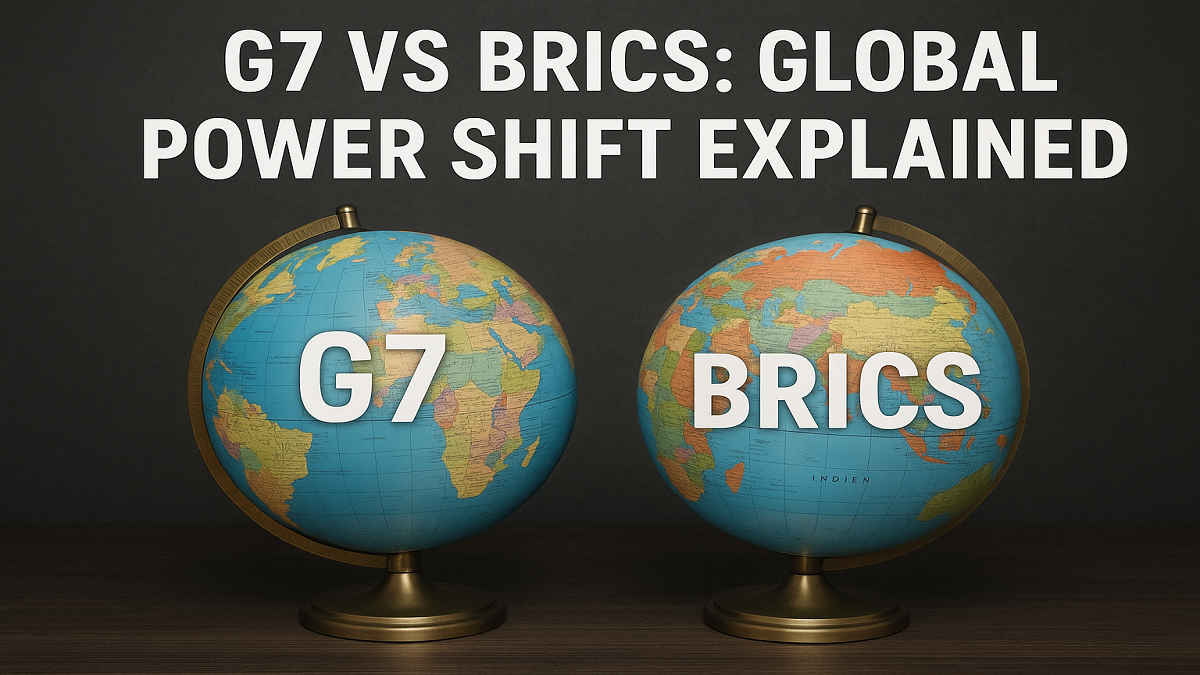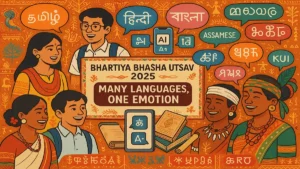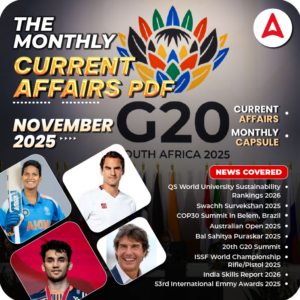The global order is witnessing a significant transformation as two major blocs—G7 and BRICS—increasingly represent divergent visions of economic and geopolitical leadership. While the Group of Seven (G7) has long dominated global decision-making, the BRICS alliance is emerging as a powerful counterweight, challenging Western dominance and advocating for a multipolar world.
This article delves deep into the origins, objectives, and influence of both blocs and explores how their growing rivalry reflects a broader global power shift.
Understanding the G7: The Established Western Power Bloc
Formation and Membership
The G7, short for Group of Seven, is an intergovernmental organization formed in 1975 during the economic crises of the 1970s. Initially established as a forum for the world’s most advanced economies, the current members include:
- United States
- Canada
- United Kingdom
- France
- Germany
- Italy
- Japan
- (With the European Union participating as a non-enumerated member)
These nations represent liberal democracies, share Western values, and collectively contribute a substantial share to the global GDP.
Core Objectives
The G7’s core agenda focuses on:
- Global economic stability
- Trade liberalization
- Climate action
- Security cooperation
- Democratic governance
It functions largely as a policy coordination platform, influencing major international institutions such as the IMF, World Bank, and WTO.
Introducing BRICS: The Voice of the Emerging South
Formation and Membership
BRICS is an acronym for a coalition of five major emerging economies:
- Brazil
- Russia
- India
- China
- South Africa (joined in 2010)
Established formally in 2009, BRICS was born out of the desire to create a more inclusive global order—one that reflects the growing economic and political clout of the Global South.
Strategic Vision
The BRICS alliance stands for:
- Reform of global financial institutions
- Greater representation for developing countries
- Non-Western models of development
- Sovereignty and non-interference
Their key initiatives include the New Development Bank (NDB) and the Contingent Reserve Arrangement (CRA), which aim to provide alternatives to Western-dominated institutions like the IMF and World Bank.
Comparative Strengths: G7 vs BRICS
Economic Power
- As of 2024, the G7 countries collectively account for about 30–40% of global GDP, though this share is shrinking due to the rapid growth of emerging economies.
- BRICS, in contrast, collectively contribute about 31–33% of global GDP (on a PPP basis), and this number is increasing steadily.
Population and Resources
- The G7 nations have a combined population of around 775 million.
- BRICS nations represent over 3.2 billion people, nearly 40% of the world’s population, and hold vast natural resources (especially in energy and agriculture).
Military Influence
- The G7 includes three nuclear powers and NATO members with significant military clout.
- BRICS includes Russia, China, and India, all of which are nuclear powers with growing defense industries and global military ambitions.
Key Areas of Rivalry and Cooperation
Geopolitical Influence
The G7 seeks to preserve a rules-based international order, rooted in liberal democracy and open markets. In contrast, BRICS countries argue for non-interventionist policies, multipolarity, and respect for national sovereignty.
This divergence is evident in crises such as:
- Russia-Ukraine War: G7 imposed sanctions on Russia, while BRICS members (except Brazil and India occasionally) remained neutral or supportive.
- Israel-Palestine Conflict and Global South Development: BRICS advocates for more balanced representation and less Western hegemony in conflict resolution.
Financial Systems and Currency Shift
BRICS has begun discussing de-dollarization strategies, including:
- Settling trade in local currencies
- Establishing an alternative reserve currency
- Strengthening the New Development Bank to rival the IMF/World Bank
This contrasts sharply with the G7’s reliance on the US dollar and Western-dominated financial infrastructure.
The Role of Expansion: BRICS+ vs G7 Cohesion
BRICS Expansion
In 2023 and 2024, BRICS announced the inclusion or consideration of new members like Argentina, Egypt, Iran, Saudi Arabia, and United Arab Emirates, under the BRICS+ framework.
This expansion aims to:
- Enhance global South representation
- Strengthen energy partnerships (with OPEC nations)
- Bolster economic and diplomatic reach
G7: A Closed Circle
G7 remains a closed and cohesive bloc, emphasizing shared values over numbers. However, this exclusivity sometimes limits its legitimacy in addressing global inequalities.
Ideological and Institutional Divergence
Western Liberalism vs Multipolar Pragmatism
The G7 promotes:
- Democracy
- Human rights
- Environmental sustainability
BRICS, while diverse ideologically, shares a skepticism of:
- Western interventionism
- Unilateral sanctions
- Imposed models of governance
This philosophical divide increasingly influences UN debates, climate summits, and international law frameworks.
Institutional Alternatives
While G7 supports traditional Western institutions, BRICS actively builds parallel structures:
- New Development Bank (NDB) vs World Bank
- CRA vs IMF
- BRICS Summit vs G7 Summit
Implications for the Global Order
The rise of BRICS signals a gradual shift from a unipolar to a multipolar world. Key consequences include:
- A weakened Western monopoly over global governance
- More diverse leadership on issues like trade, climate, and development
- Potential for geoeconomic fragmentation—as BRICS seeks autonomy from Western institutions
However, BRICS must overcome internal divergences in politics, strategy, and economic models to maintain long-term coherence.



 Bhartiya Bhasha Utsav 2025: Celebrating ...
Bhartiya Bhasha Utsav 2025: Celebrating ...
 Starlink Internet: Revolutionising Globa...
Starlink Internet: Revolutionising Globa...
 Google 2025: Top Searches by Indian User...
Google 2025: Top Searches by Indian User...







